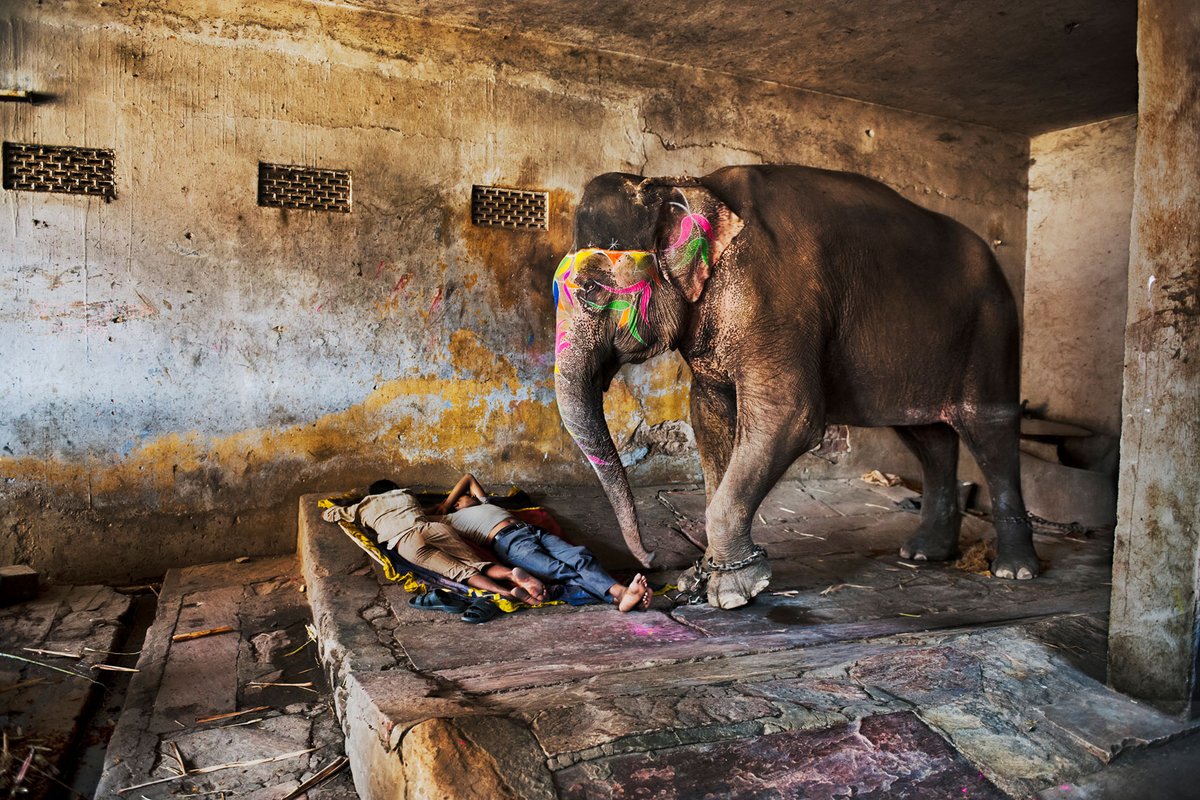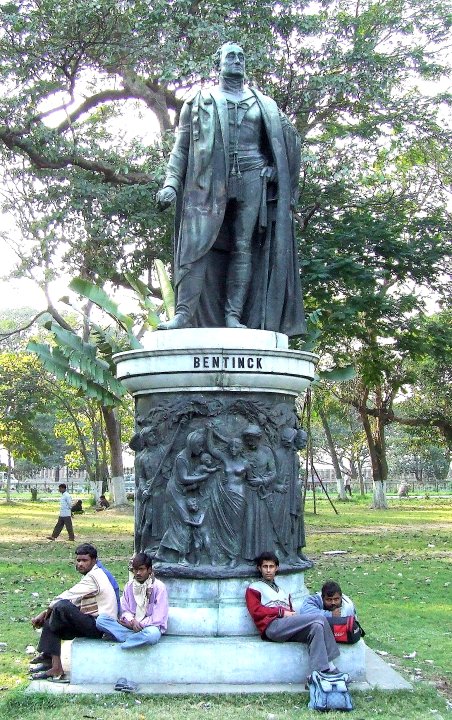
Some of Steve McCurry's photos of India are just so stunning.
1. Taj Mahal and train, Agra, 1983. #photography
1. Taj Mahal and train, Agra, 1983. #photography

Bicycles hang on the side of a train. #photography 

A man riding a carriage, Kolkata, 1996. #photography 

And a gentle reminder. Thanks for sharing this, @garimagarg_
https://twitter.com/garimagarg_/status/1364979293231607812?s=20
• • •
Missing some Tweet in this thread? You can try to
force a refresh










